What is an analog synthesizer?
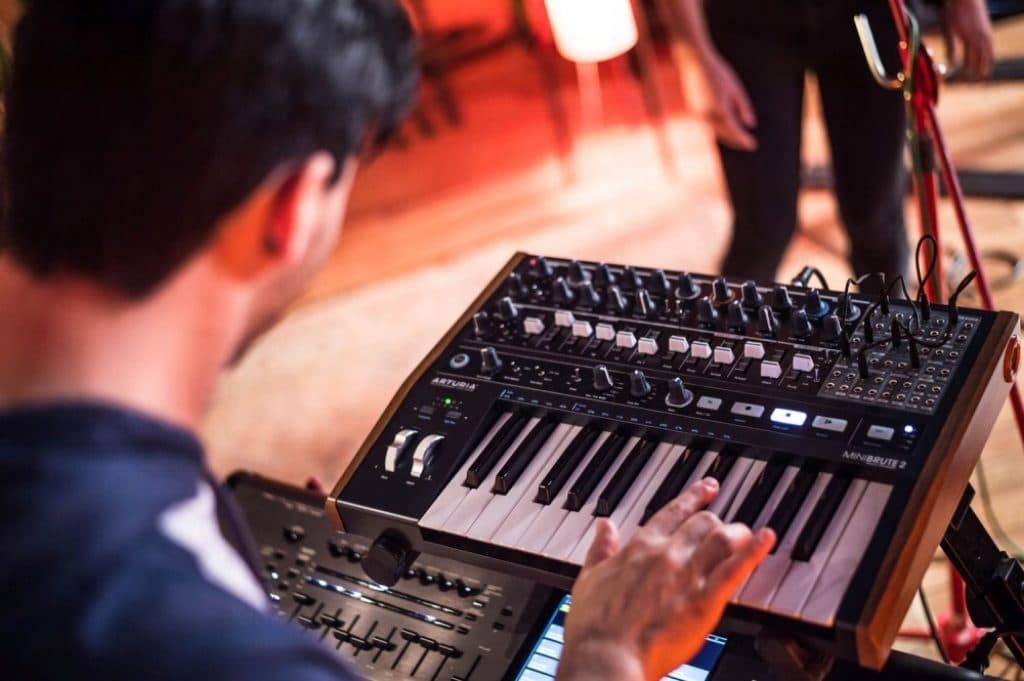
Most analog synthesizers have a keyboard-like design and are similar in the way they generate sounds. The devices require analog circuitry to work. Often when an analog signal is created and passed through the circuitry, a specific sound will be produced. Signals can be manipulated using the keyboard to produce different sounds at a moment’s notice.
Benefits of analog synthesizers
For a music creator, an analog synth is just one of those devices that help you create music from scratch. The options to how you can tweak sequences and sound outputs are endless. These devices can as well be connected to other music devices and incorporate their output into the result. As such, you will find music creators are likely to buy these tools at some point in their lives.
Features to consider when choosing an analog synth
Features are the most objective way to determine whether an analog synth is right for you. As you have seen from the devices mentioned above, each tool has its unique features that serve to differentiate it from the rest. They determine what each machine is capable of and are often instrumental in determining the price of the device as well. The rule of thumb is that the more high-end features a synth has, the higher the price. As such analog synth features are listed and explained below so you can decide for yourself which ones are necessary to your music-making and which ones aren’t.
Polyphony
There are two main types of analog synthesizers, and those are the polyphonic and monophonic options. The monophonic gadget, as the name suggests, is capable of producing only one voice. On the other side, the polyphonic tool will provide multiple voices. Some devices are even capable of producing and playing several voices at the same time.
Keyboard

You want a versatile keyboard with your device since it all but guarantees excellent results. Here higher quality keys tend to be more responsive to input. As such, if the keys are velocity-sensitive, they will perform better than those that are not. You can also check for other attributes such as being aftertouch receptive and the design or type of the keys. This is regarding whether they are weighted, semi-weighted, or not weighted at all. The number of keys is also crucial since more keys are more versatile and more comfortable to play.
A sequencer and built-in speaker
Sequencers allow the user to create a series of signals in the form of voltages. Of course, this results in several musical notes played. Because of this, you will be able to play and repeat a series of notes if you use the sequencer. Some sequencers are as well more advanced than others. An example is seen where the Korg Minilogue 4-Voice Polyphonic Analog Synth has a 16 step sequencer while its counterpart, the Dave Smith Instruments OB-6 Analog Synthesizer, is capable of a 64-step sequence.
Programs
Programs are musical presets that you can use as a base for your next creation. Of course, different machines have different types of programs available, and they may also vary in number. Also, most devices you come across will allow you to create your own presets or programs, and that gives you a little more freedom to create and play around with your music. An example of such is shown in the Novation Bass Station II Analog Mono-Synth that has 64 programs and 64 other free slots for you to fill.
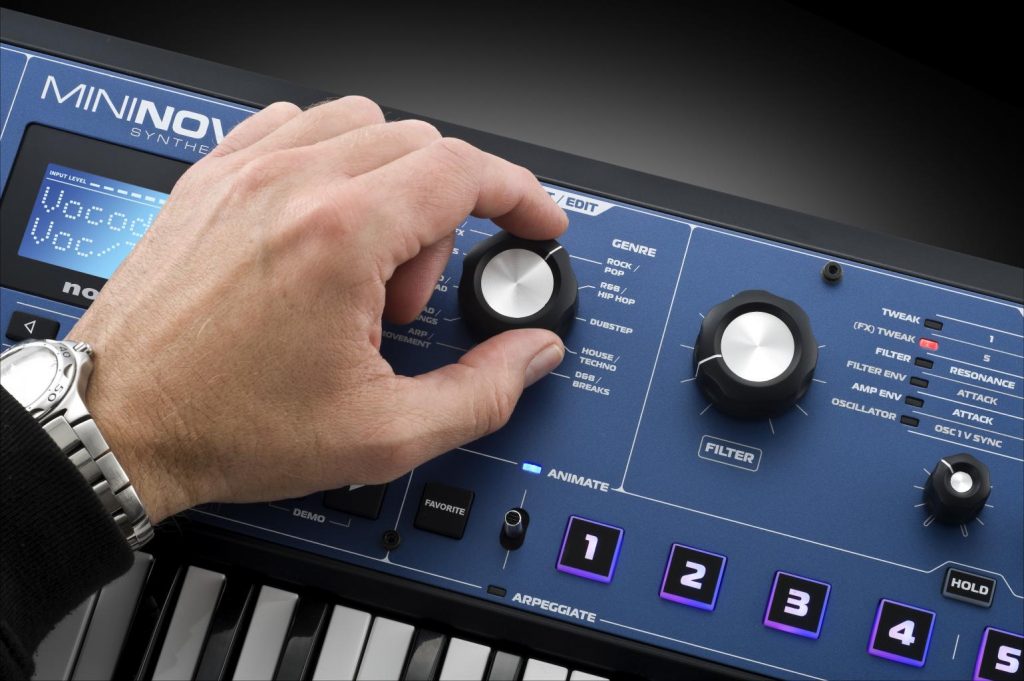
Envelope
When the user plays a particular note or key, there are certain levels to it, and this information can often be represented in a table. The first section is the Attack which happens right after the pressing of a key. The note will run-up to its peak level. Of course, once it reaches the peak, there is a Sustain level that should come after that. However, there is also an intermediate stage between these two that is known as the Decay. Often the peak level can’t be maintained and hence the decay level allows for the signal to go down to a place where the machine can comfortably maintain the signal. The last stage is the Release. This is also a period of decay from the sustain level to no sound output. Different devices will allow for varying levels of the envelope, and hence you should check how potential purchases perform in this regard.
Connectivity
You may also want to know the connection ports that each device has. Common examples include USB, MIDI, headphone output, and more. You want a machine with more connection ports since that means you can couple it with other musical devices as well as derive musical input from other sources.
Oscillators and filters
The oscillator gives the user control over the pitch of specific musical frequencies by shaping the voltage output of the synth.
You can often use the keyboard or pitch wheel to control the oscillators. Likewise, filters are another variable that you can use to control the musical output.
Effects
Audio effects will allow you the freedom to manipulate a signal so you can get the desired sound. In this regard, they work more or less as filters do.
Size
If mobility is what you are going for with your synthesizer, then the smaller, the better. However, mobility may come at a cost since the keys will be smaller, controls will be fewer, and the overall device will likely be less functional.
Weight
Similar to the size, you should go for the lightest device you can find as long as this design feature doesn’t get in the way of the machine’s other properties and characteristics.
Pricing
Of course, pricing is a crucial aspect of any purchase. Cheaper options range in the $300 to $500 price range and are thus more accessible. If you have more money, you can even go for products priced at $1000 and above. The latter will likely have more features as well.






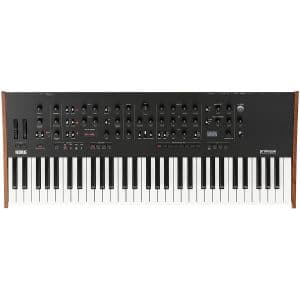
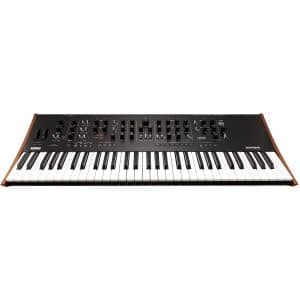
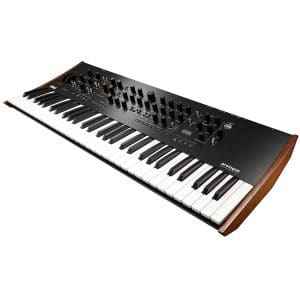
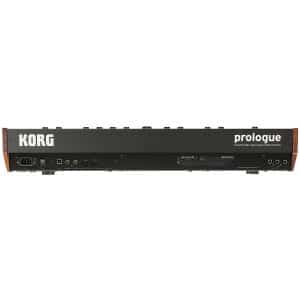

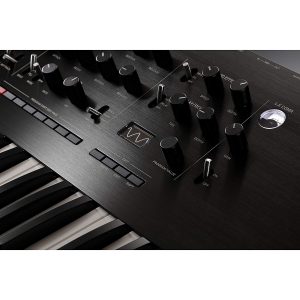
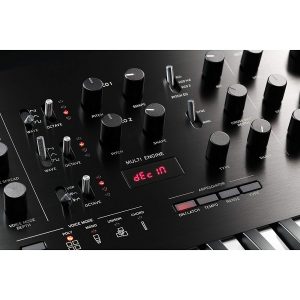
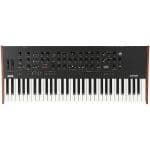
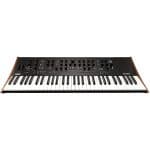
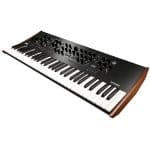


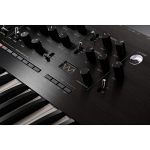

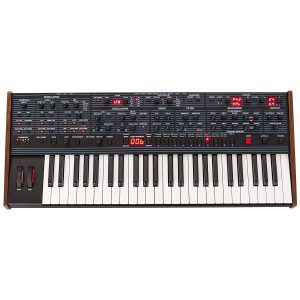
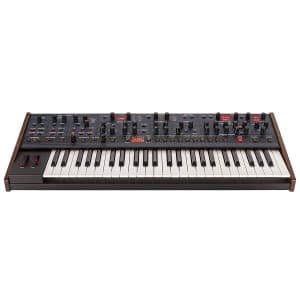

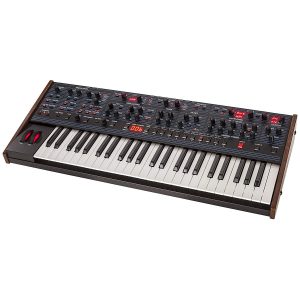
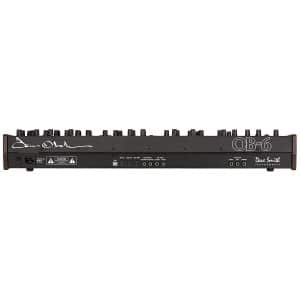
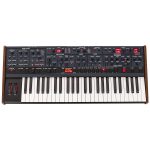

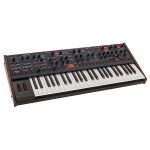

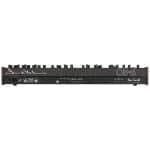
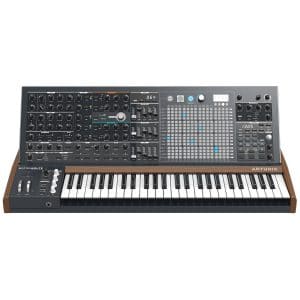

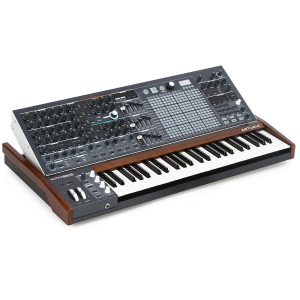
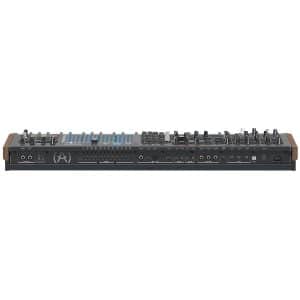
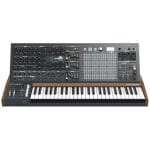
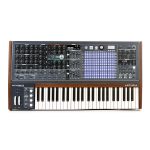
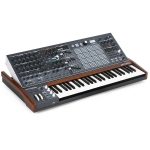

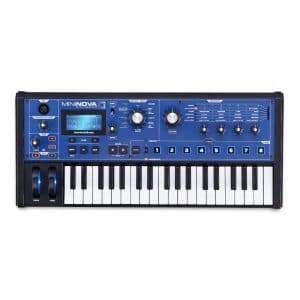
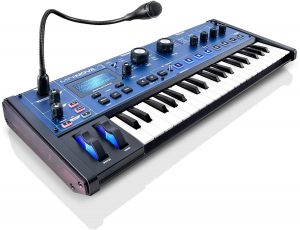


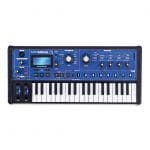
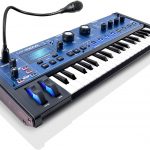
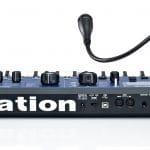
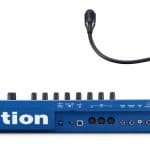
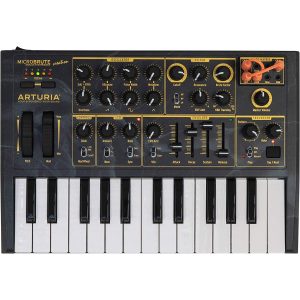
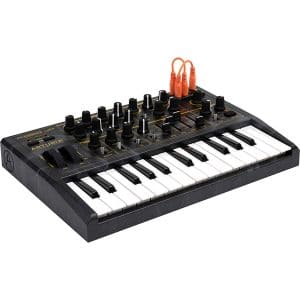
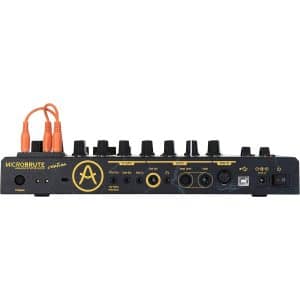
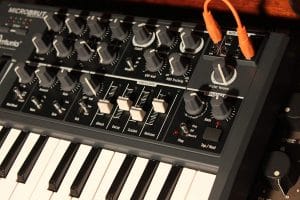

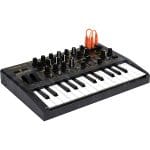
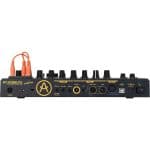

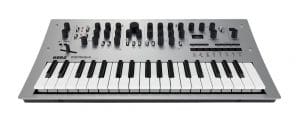



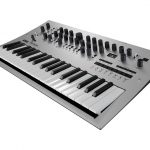
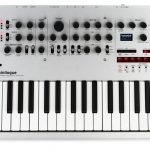
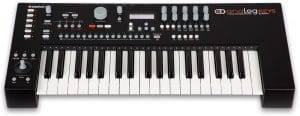


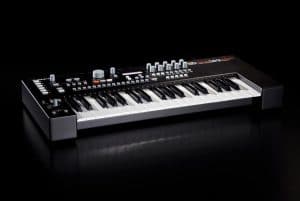




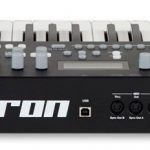
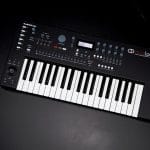

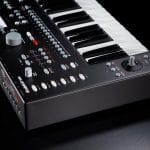
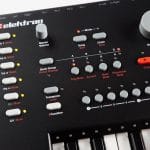
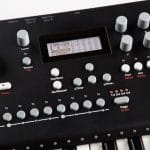

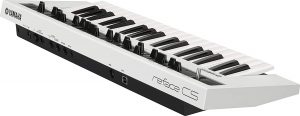

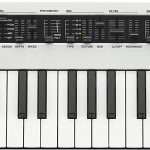
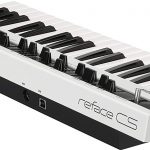

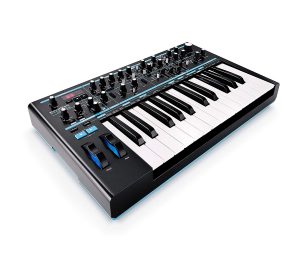
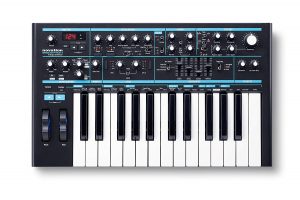
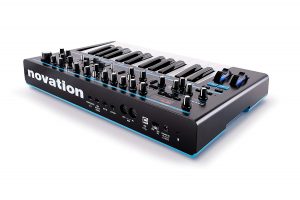
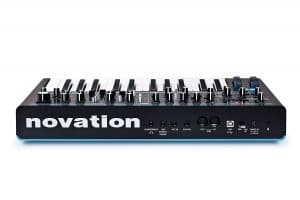
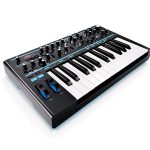

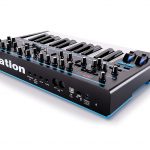
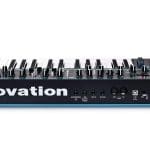











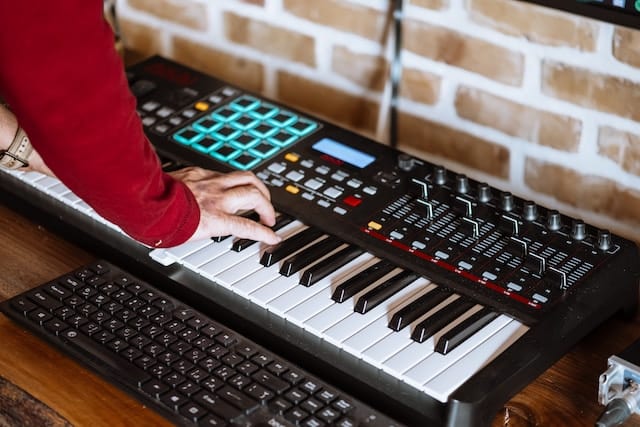


I’ve never seen an article with analog in the title that lists virtual analogs mixed in with the real thing – it’s an article about apples that also lists oranges!
Hello there! Thank you for sharing your thoughts on the article. We understand your concern about including virtual analogs alongside the real ones in the title. The intention behind this approach was to provide a comprehensive perspective on the topic. While the focus of the article may be on real analogs, mentioning virtual analogs allows readers to explore the broader context and understand the subject more holistically. However, we appreciate your feedback and will take it into consideration for future articles. Let us know if you have any other questions or suggestions!